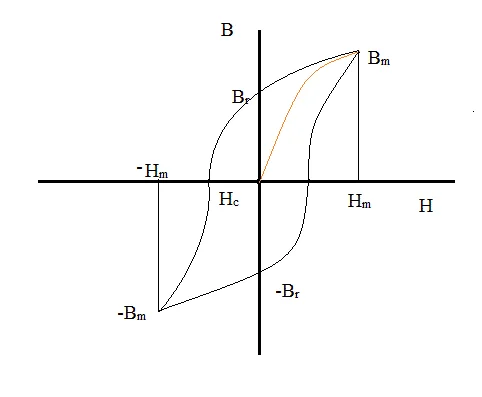Some amount of power is lost during the voltage transformation process in a transformer. The current flows in a transformer winding and the alternating magnetic field in the core contributes to the majority of transformer losses. Let’s learn in detail, the various transformer losses.
Types of transformer losses
- No-Load losses
- Core losses or iron losses
- Hysteresis loss
- Eddy current loss
- Stray losses
- Dielectric Losses
- Copper loss due to no-load losses
- Core losses or iron losses
- Load loss or Copper loss
No-Load losses
All those transformer losses which are always constant, regardless of the load variations, are known as No-load losses. They do not vary according to the loading on a transformer. Even a small reduction in no-load losses can lead to significant energy savings in large transformers.
Core losses or iron losses
Core losses occur in the steel core of the transformer due to the magnetizing current needed to energize the core. The magnetizing current remains the same during no-load and full load. Core losses are also known as iron losses in transformers. The core losses constitute two components: Hysteresis losses and eddy current losses.
Hysteresis Losses
Hysteresis loss it the highest contributor to the core losses. The core of a transformer is made-up of ferromagnetic materials such as silicon steel. When place in a magnetic field, the molecules in them oriented towards one direction depending on the polarity of the field. But the magnetic field produced by an alternating current varies at a frequency of 50Hz or 60Hz. Therefore, the molecules resist such a rapid change in magnetization. This resistance to the change in magnetization results in energy loss in the form of heats in the core. The energy lost due to hysteresis is known as hysteresis loss. Hysteresis loss is determined by the grade of steel laminations used for the core.

Eddy current loss
The alternating magnetic field induces circulating currents in each steel lamination of the core. These currents do not contribute to the energy transfer between the primary and secondary windings but are dissipated as heat in the core. The induced currents are known as eddy currents and the power loss caused by them is called eddy current loss.
Eddy current loss in a transformer is directly proportional to the thickness of the laminations, square of the supply frequency and square of flux density.
Stray eddy current loss
The term stray eddy current losses refer to the additional losses occurring in transformers as a result of eddy currents induced in metallic parts of a transformer excluding the transformer core. That includes the eddy current losses in core clamps, bolts, transformer tank and even transformer windings itself.
Dielectric losses
Some amount of power is lost in the insulating materials, especially in the transformer oil.
Hysteresis loss and eddy current loss together accounts for 90% of no-load losses while stray eddy current losses, dielectric losses and copper loss due to no-load losses account for the remaining 10%.
The copper loss due to no-load current is small and consequently often neglected. No-load losses depend primarily upon the voltage and frequency, so under operational conditions, they vary only slightly with system variations. Transformer no-load losses can be reduced by building the core using high-grade magnetic steel core materials and optimizing the core dimensions.
Load loss or Copper Loss (I2R loss)
Load loss or copper loss occurs in the primary and secondary coils of transformers, is the result of coil resistance. It is load-dependent. It is proportional to the square of current and resistance of the coils. It is also known as I2R loss.
Let Ip and Rp be the primary current and coil resistance respectively and Is and Rs be the primary current and coil resistance respectively. Then the total is given by
Total copper loss = Ip2Rp + Is2Rs
Since the copper losses depends on the coil resistance it is necessary to properly size the coil conductors to limit the coil resistance.
Transformer losses can be reduced by careful design and proper sizing of its components. Power loss in a transformer is inevitable. Even an energized transformer but not connected to load, wastes some energy in the form of no-load losses. The power total loss in a transformer is given by the following formula.
Total transformer losses = Core Losses + Copper losses
The core losses and copper losses can be determined by performing Open circuit and short circuit tests in a transformer.
Learn more: Open circuit test & Short circuit test in transformers
This article has explained the whole thing so easily that I understood it within a few minutes. Thanks. It is really helpful..
Awesome post
Great and simple explanation, thanks.